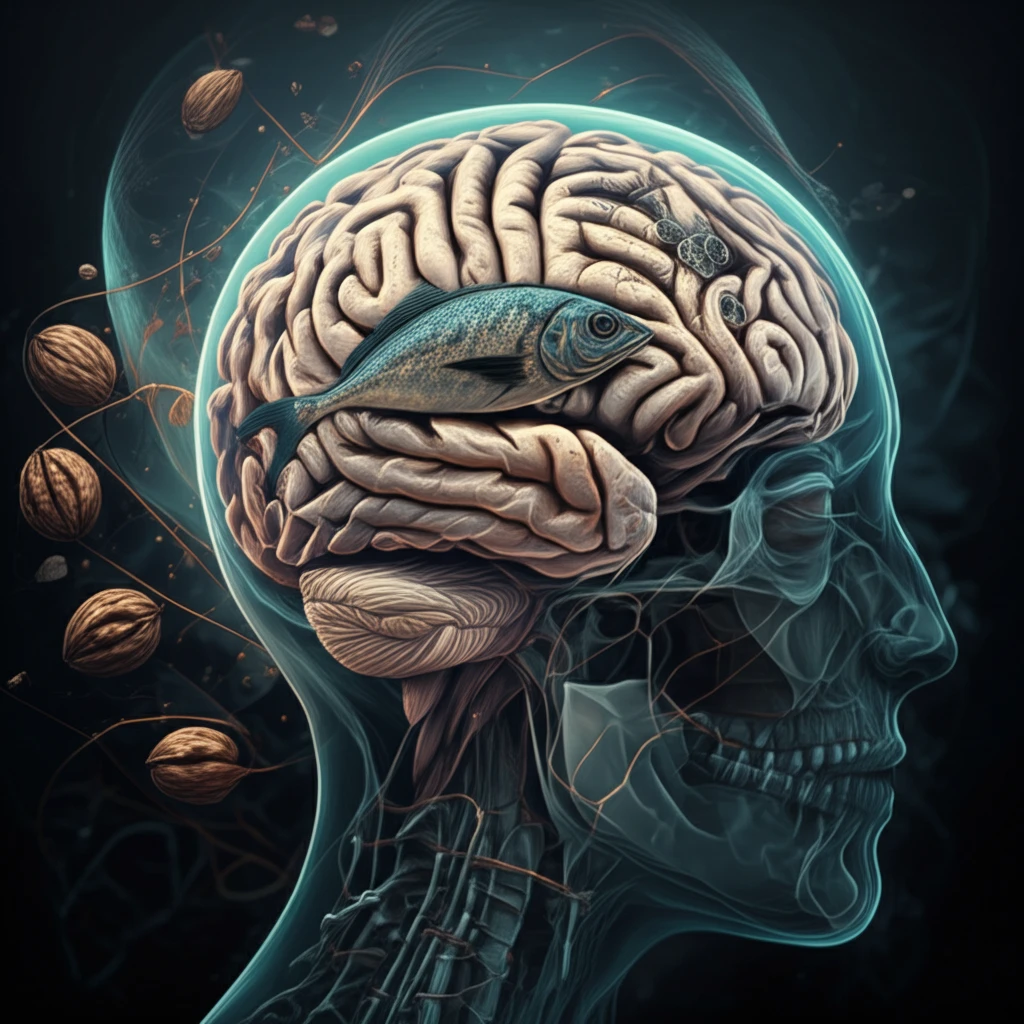
Epilepsy Breakthrough: Can Natural Compounds Enhance Traditional Treatments?
"Exploring the potential of combining antiepileptic drugs (AEDs) with safe, natural anticonvulsants for improved epilepsy management and reduced side effects."
Epilepsy, a prevalent neurological disorder, affects millions worldwide. While significant strides have been made in treatment through third-generation antiepileptic drugs (AEDs), a considerable portion of patients, ranging from 20% to 30%, experience resistance or adverse side effects, creating a persistent need for innovative therapeutic strategies.
One promising avenue of exploration lies in combination therapy, which leverages the synergistic potential of multiple anticonvulsant agents. This approach aims to maximize therapeutic benefits while minimizing adverse effects, potentially through the inclusion of newer anticonvulsant agents that introduce novel mechanisms of synergism.
The appeal of combination therapy extends beyond mere symptom management; it also offers the possibility of reducing the dosages of conventional AEDs, thus mitigating their associated toxicities. This is particularly relevant as researchers investigate natural anticonvulsant agents, such as omega-3 polyunsaturated fatty acids (n-3 PUFAs), known for their safety and potential to complement traditional treatments.
The Promise of Natural Anticonvulsants

Omega-3 polyunsaturated fatty acids (n-3 PUFAs), integral components of brain lipids, have garnered attention as potential anticonvulsant agents. Among these, docosahexaenoic acid (DHA) stands out as the most abundant and bioactive fatty acid in the brain. While studies have explored DHA's anticonvulsant activity with varying results, the existing data suggest that its potency is significantly lower than that of current standard AEDs.
- Synergistic Action: Combination therapies can leverage synergistic anticonvulsant actions, leading to more effective seizure control.
- Reduced Side Effects: By combining conventional AEDs with natural agents, dosages of the former can be lowered, potentially minimizing side effects.
- Novel Mechanisms: Newer anticonvulsant agents can introduce new mechanisms of synergism, enhancing treatment outcomes.
- Natural Options: Safe and inexpensive natural anticonvulsants like omega-3 PUFAs can complement traditional AEDs, offering new therapeutic avenues.
The Future of Epilepsy Treatment
The integration of safe, natural anticonvulsant compounds with traditional AEDs holds immense promise for advancing epilepsy treatment. As research continues to uncover the synergistic potential of these combinations, a systematic, evidence-based approach is essential to optimizing clinical outcomes and improving the lives of individuals affected by epilepsy. By embracing innovation and adhering to rigorous scientific principles, we can pave the way for more effective, well-tolerated, and personalized epilepsy therapies.
